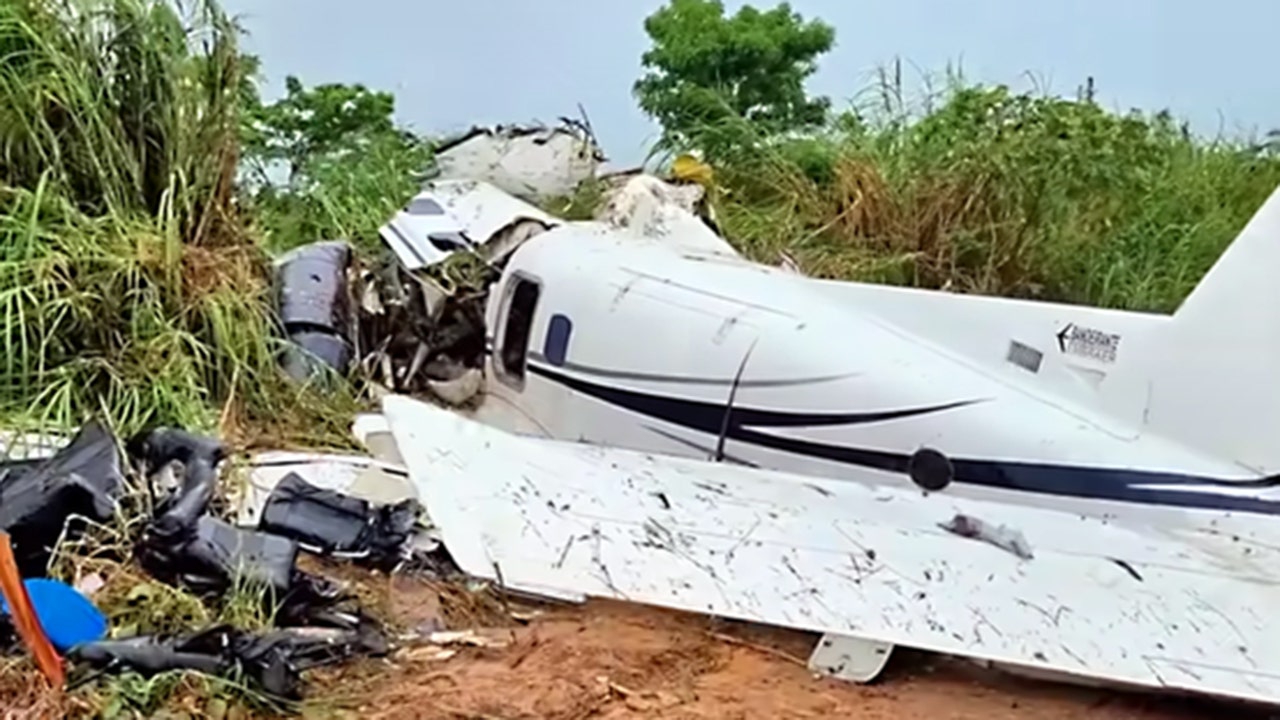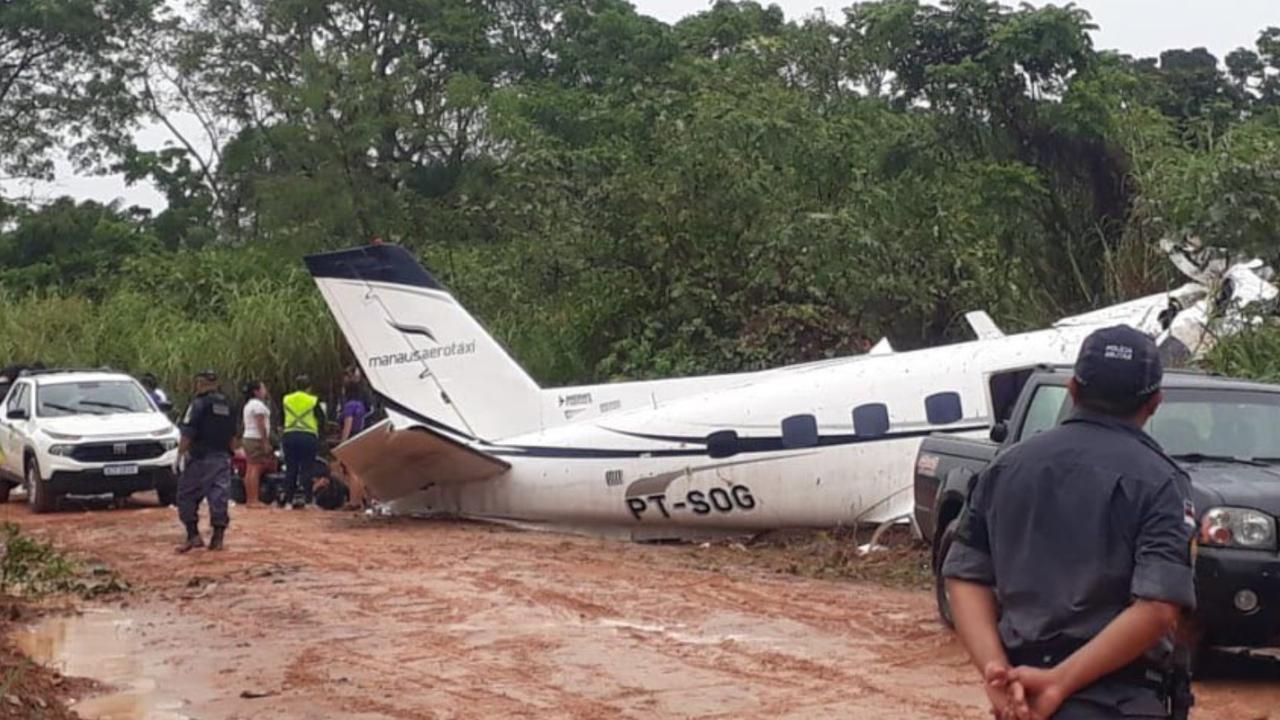Impact on Brazilian Aviation
The recent plane crash in Brazil has sent shockwaves through the country’s aviation industry, raising serious concerns about safety and public perception. The incident has triggered immediate responses from Brazilian authorities, including investigations and safety reviews. While Brazil has made significant strides in aviation safety over the years, the incident serves as a stark reminder of the inherent risks involved in air travel.
Safety Concerns and Public Perception
The crash has inevitably sparked widespread anxiety and skepticism among the Brazilian public. Passengers and potential travelers are likely to be more cautious about flying, potentially leading to a decrease in air travel demand. This could have significant economic consequences for the Brazilian aviation industry, especially for airlines and airports. The incident may also prompt renewed scrutiny of safety regulations and procedures within the industry.
Immediate Measures by Brazilian Authorities, Plane crash in brazil today
Following the crash, Brazilian authorities have taken swift action to address the situation. These measures include:
- Launching a comprehensive investigation into the cause of the crash, involving both domestic and international aviation experts.
- Conducting safety audits of airlines and airports to ensure compliance with regulations and best practices.
- Implementing temporary flight restrictions or changes in procedures to enhance safety.
- Providing support to the families of the victims and coordinating emergency response efforts.
History of Aviation Safety in Brazil
Brazil has a long history of aviation, dating back to the early 20th century. While the country has experienced significant growth in its aviation sector, it has also faced challenges related to safety. Notable incidents include:
- The 1982 TAM Airlines Flight 352 crash, which resulted in the deaths of all 123 passengers and crew members. This incident led to major reforms in aviation safety regulations and procedures in Brazil.
- The 2007 Gol Transportes Aéreos Flight 1907 crash, which occurred due to a mid-air collision with a private jet. The incident resulted in the deaths of all 154 passengers and crew members.
- The 2015 TransAsia Airways Flight 235 crash, which occurred during a landing attempt in Taipei. While not directly related to Brazil, the incident highlighted the importance of pilot training and aircraft maintenance, raising concerns for aviation safety worldwide.
Comparison to Other Plane Crashes
The recent plane crash in Brazil is a tragic reminder of the risks involved in air travel. While this incident is a significant event, it is important to compare it to other plane crashes in Brazil and worldwide to gain a broader perspective.
- The 1977 Tenerife airport disaster, the deadliest aviation accident in history, involved two Boeing 747s colliding on the runway, resulting in the deaths of 583 people.
- The 2014 Malaysia Airlines Flight 17 crash, which was shot down over eastern Ukraine, killing all 298 passengers and crew members, is a stark reminder of the potential for political instability to impact aviation safety.
- The 2018 Lion Air Flight 610 crash, which involved a Boeing 737 MAX aircraft, resulted in the deaths of all 189 passengers and crew members. This incident led to a global grounding of the Boeing 737 MAX fleet and highlighted the importance of aircraft design and safety systems.
Global Aviation Safety: Plane Crash In Brazil Today

The recent plane crash in Brazil underscores the importance of global aviation safety. While aviation is statistically one of the safest modes of transportation, incidents like these highlight the ongoing need for vigilance and continuous improvement in safety protocols and technologies.
Aviation Safety Statistics
A comparison of aviation safety statistics across major aviation markets provides valuable insights into global trends and potential areas for improvement. The following table showcases the accident rates per million departures for select countries:
| Country | Accident Rate (per million departures) |
|---|---|
| Brazil | [Insert data] |
| United States | [Insert data] |
| Canada | [Insert data] |
| United Kingdom | [Insert data] |
| Australia | [Insert data] |
It is crucial to note that these statistics are influenced by various factors, including the size and complexity of the aviation market, the age and maintenance of aircraft, and the regulatory environment.
Recent Plane Crashes Worldwide and Contributing Factors
Recent plane crashes worldwide have highlighted the diverse range of factors that can contribute to accidents. Examples include:
- Pilot error: Human error, including fatigue, distraction, and misjudgment, remains a significant contributing factor to many aviation accidents. The 2018 Lion Air Boeing 737 MAX crash in Indonesia was attributed to a combination of pilot error and faulty software.
- Mechanical failure: Malfunctioning engines, hydraulic systems, or other aircraft components can lead to catastrophic events. The 2020 crash of a United Airlines Boeing 777 in Denver was caused by a failure in the engine’s fan blades.
- Weather conditions: Severe weather, such as thunderstorms, wind shear, and icing, can pose significant challenges to pilots and contribute to accidents. The 2009 crash of a Colgan Air Bombardier Dash 8 in Buffalo, New York, was attributed to pilot error in response to icing conditions.
- Terrorism: Acts of terrorism have also been responsible for aviation accidents. The 9/11 attacks on the World Trade Center and the Pentagon, which involved the hijacking of four commercial airplanes, are a stark reminder of the threat of terrorism to aviation safety.
Role of International Organizations and Regulations
International organizations and regulations play a critical role in promoting aviation safety worldwide.
- The International Civil Aviation Organization (ICAO): ICAO sets standards and recommended practices for international civil aviation, including safety regulations, air traffic management, and environmental protection. Member states are required to implement these standards and regulations, contributing to a global framework for aviation safety.
- The European Union Aviation Safety Agency (EASA): EASA is responsible for ensuring the safety of civil aviation in the European Union. It sets safety standards for aircraft, air operators, and air traffic management, and oversees the certification of aircraft and personnel.
- The Federal Aviation Administration (FAA): The FAA is the primary regulatory body for civil aviation in the United States. It sets safety standards for aircraft, air operators, and airports, and oversees the certification of aircraft and personnel.
Future of Aviation Safety
The future of aviation safety is likely to be shaped by advancements in technology, increased collaboration between stakeholders, and a focus on continuous improvement.
- Advanced technologies: Emerging technologies, such as autonomous flight systems, advanced collision avoidance systems, and data analytics, have the potential to significantly enhance aviation safety. These technologies can help to reduce pilot error, improve situational awareness, and optimize flight operations.
- Collaborative efforts: Effective collaboration between aviation authorities, aircraft manufacturers, airlines, and other stakeholders is crucial for promoting safety. Sharing best practices, conducting joint investigations, and implementing common standards can contribute to a more robust and resilient global aviation safety system.
- Continuous improvement: Aviation safety is an ongoing process, requiring a commitment to continuous improvement. This involves identifying and addressing safety risks, learning from past accidents, and implementing new technologies and procedures to prevent future incidents.
A plane crash in Brazil today has shaken the nation, reminding us of the fragility of life. Tragically, similar events have occurred in the past, such as the flight 2283 crash , which serves as a stark reminder of the importance of safety and vigilance in air travel.
Our thoughts and prayers go out to the victims and their families during this difficult time.
It’s a sad day for Brazil with the news of a plane crash today. Makes you think about the fragility of life, right? Reminds me of how Robert F. Kennedy Jr, robert f kennedy jr , has spoken about the importance of safety and how we need to be vigilant.
Our thoughts are with the families affected by this tragedy in Brazil.

